Guide to Customer Rewards Programs
For Beauty Supply
In the beauty industry, customer rewards programs are becoming increasingly important for retailers to stay competitive. In an era of inflation, customers are looking to save money, which is making rewards programs more appealing than ever. According to the Harvard Business Review, it costs five to 25 times more to acquire a new customer than to retain an existing one. Retailers and family-run businesses in particular have a lot to gain by increasing customer loyalty. It’s not just about making people come back. It’s also about creating a positive impression of your service and using customer data to gain insights into your business operations. In this issue, we’ve highlighted some of the most effective rewards programs available to beauty supply businesses, as well as the pros and cons of each.
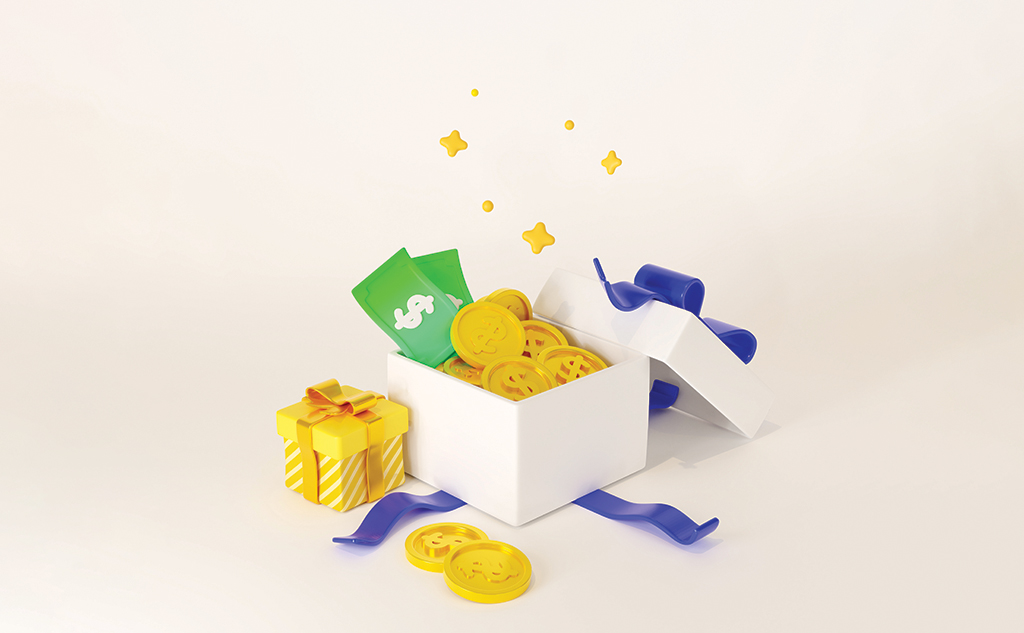
Point-based rewards programs
In beauty supply, point-based rewards programs play an important role in driving customer loyalty. Every time a customer purchases a product, they earn points or credits that can later be converted to discounts or other forms of benefit. This system encourages customers to spend more and encourage repeat purchases. The barrier to this program is low, and it provides valuable access to your customer data. The information your customers voluntarily provide can give you deep insights into their buying preferences and spending habits. This allows retailers to better understand individual customer’s behavior and create personalized marketing strategies.
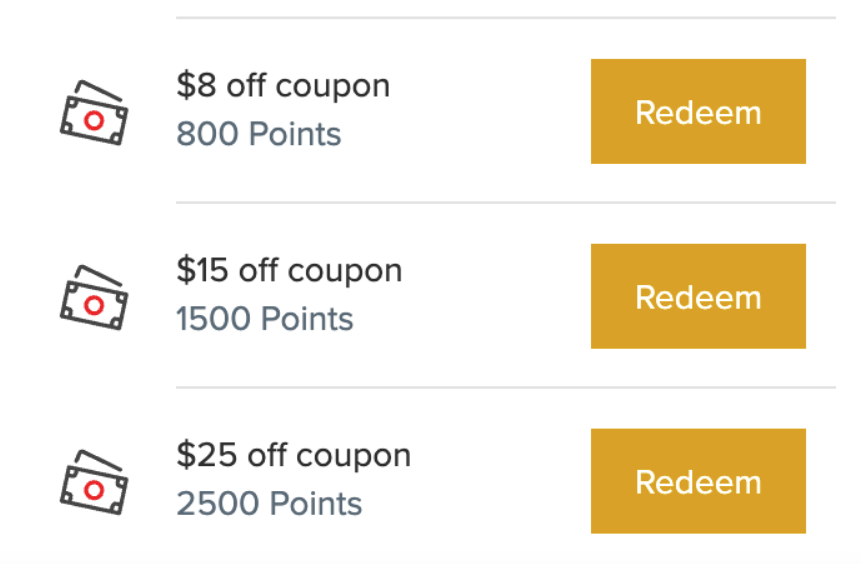
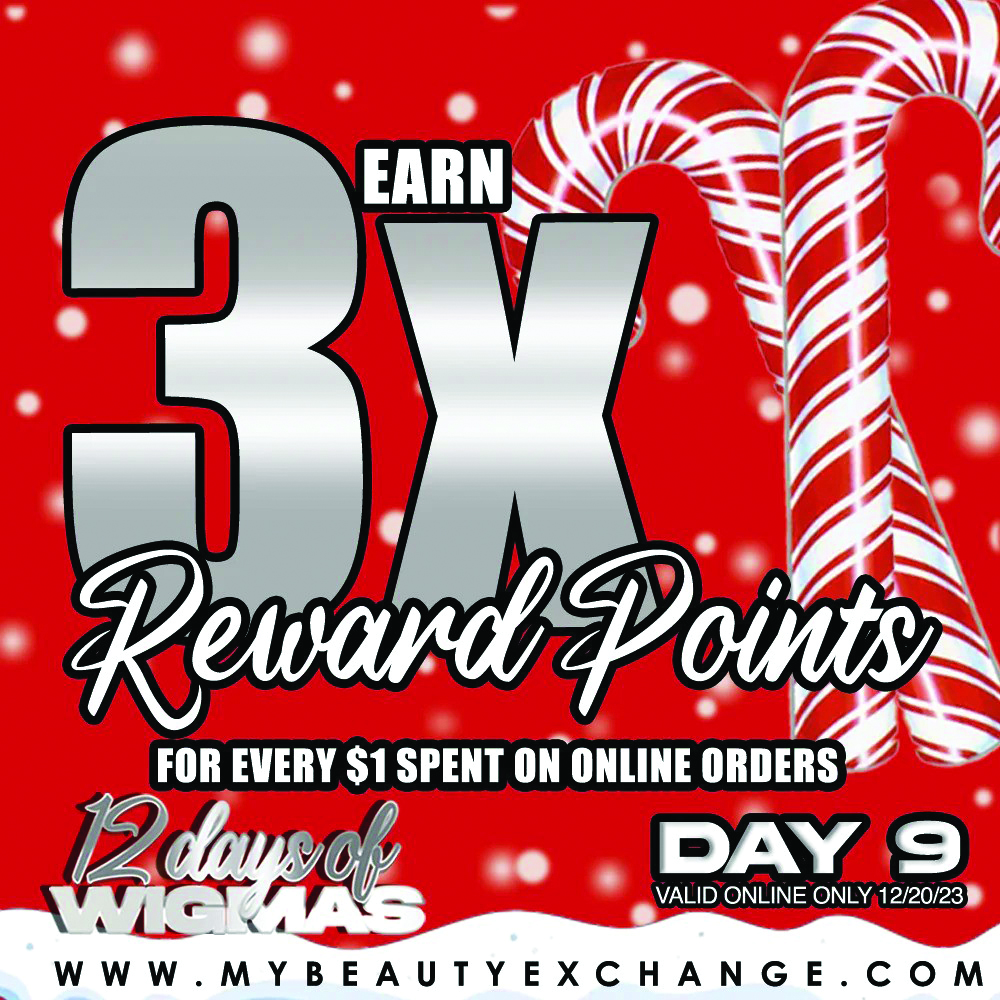
Source: Beauty Exchange
“Beauty Exchange’s Rewards Program: Points for More Savings”
Pros
– It’s easy for retailers to adopt because customers understand the program and the cost to implement is low.
– You can identify and reward valuable customers.
– You can analyze purchase data to create more targeted sales strategies.
Cons
– Less suitable for retailers dealing with expensive goods or services.
– There are a lot of similar programs out there, so it’s hard to differentiate yourself.
– If the process of earning and redeeming points is complicated or time-consuming, it can backfire.
Multi-tier loyalty programs
Tiered loyalty programs provide customers with various levels of benefits, with more valuable customers receiving better service and rewards. This strategy encourages customers to make additional purchases to achieve higher tiers. Tiered loyalty programs, which typically consist of multiple tiers, offer better discounts, exclusive events, access to VIP master classes, and early access to new or limited-edition products as customers move up the ranks, and you can expect high level of loyalty as they progress through the program. You can also use a unique and memorable name for your tier to grab customers’ attention.
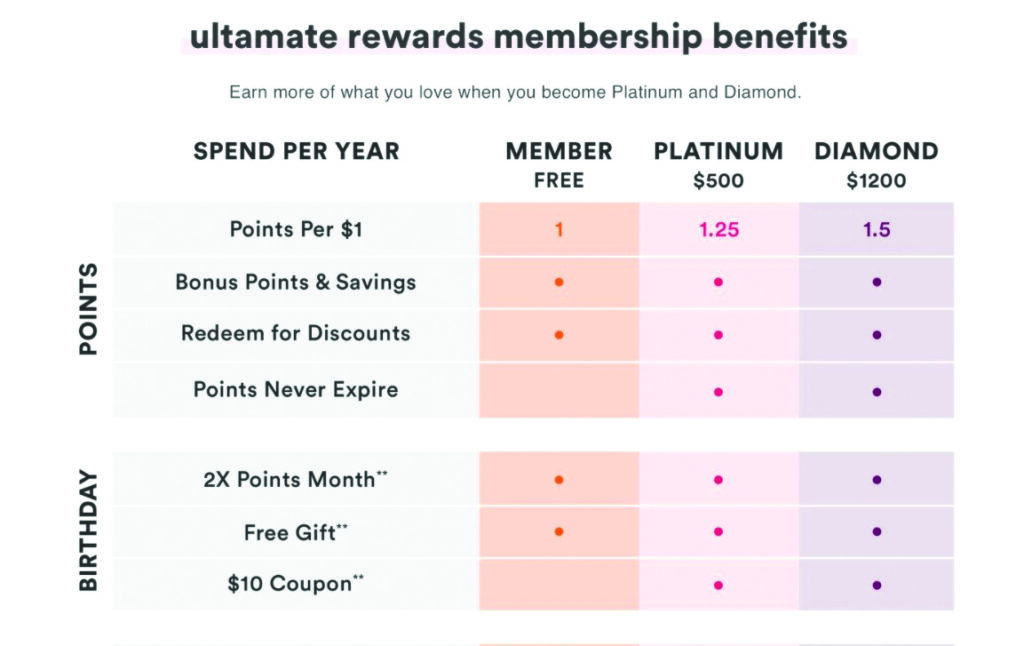
Source: ULTA
“ULTA Rewards Program: Combining Points and Tiered Benefits”
ULTA’s rewards program is a mix of points and tiered benefits, with three levels of customer tiers. You can sign up for free to become a member, spend $500 to become Platinum members, and $1,200 to achieve Diamond status. The higher the tier, the more points you earn per dollar spent, which you can redeem like cash starting at 100 points. Platinum or Diamond members have the opportunity to purchase promotional products before others and get access to exclusive events and free beauty products based on their tier. In 2023, ULTA recorded increased revenue through its rewards program and plans to revamp the program by adding more rewards.
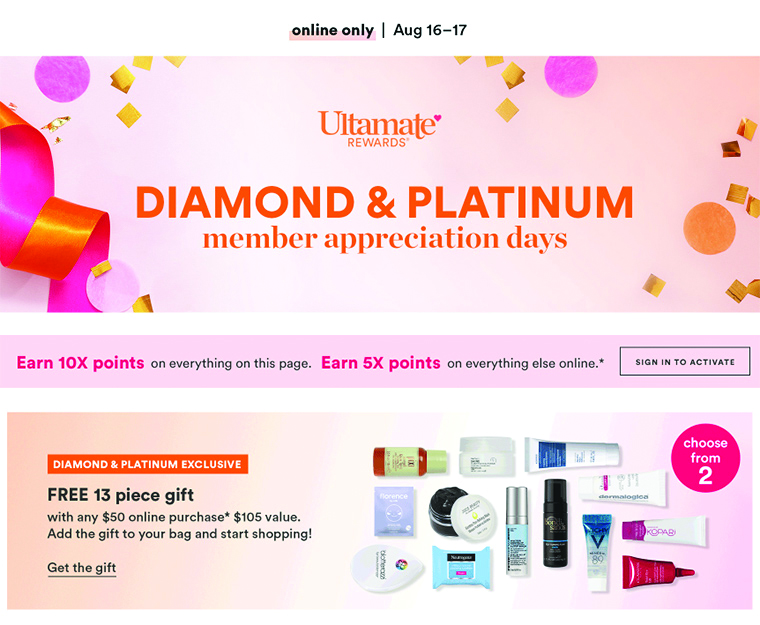
Pros
– Customer segmentation allows you to customize your marketing strategy.
– Increase customer engagement through both short-term and long-term rewards.
– Suitable to focus on customers with high purchasing power and sell limited products exclusively.
Cons
– If customers don’t use it often, they may forget about the program.
– If you don’t mix it with point-based rewards, it’ll take a while to get the benefits of membership.
– More expensive to maintain and manage when compared to other rewards programs.
Beautician Rewards Program
For beauty supplies, hairdressers, braiders, and barbers are key partners. Due to their expertise and high volume of repeat purchase, many retailers have discount rewards programs for stylists who provide their cosmetology license number.
Pros
– Get direct product feedback to enhance your sales strategy.
– A discounting strategy can help you differentiate and gain a competitive edge over online or other brick-and-mortar stores.
– Increase revenue by encouraging periodic product repurchases.
– You can drive new customer acquisition by increasing the number of products used by professionals.
Cons
– Increased reliance on professionals can limit your ability to build a diverse customer base.
– There is a risk of misuse of discount offers due to the possibility of proxy purchases by professionals.
Referral incentive programs
Referral incentive programs have become a core strategy for strengthening the loyalty of existing customers and attracting new ones. With the rise of social media, many beauty supply stores have introduced rewards to encourage Instagram followers and Google reviews. This approach leverages the natural spread of words of mouth to make the retailer’s promotion more widely known, which can lead to viral marketing.
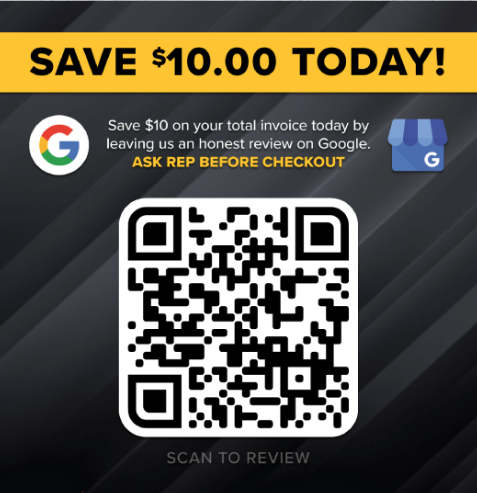
출처: sunstoppers.com
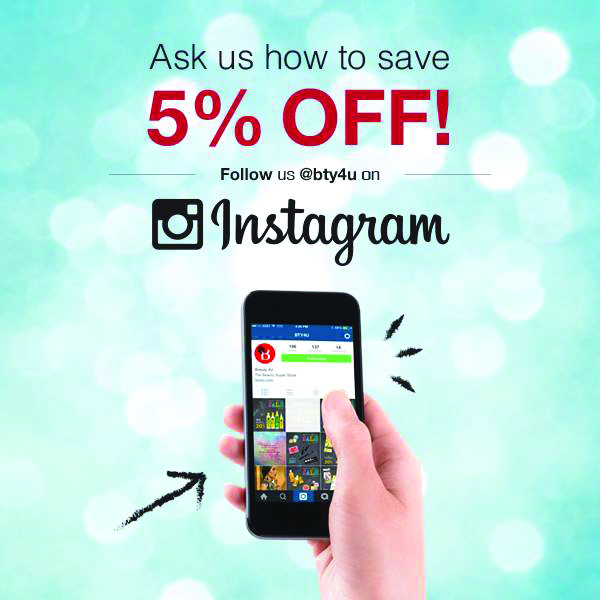
Beauty4u
Pros
– Promote your retail store to new customers effectively and quickly.
– It’s cost-effective compared to traditional advertising methods.
– Customers who come from referrals tend to spend more than the average customer.
– Referring customers gain not only rewards, but also the psychological satisfaction of helping a friend or family member.
Cons
– Programs are usually short-term and focus on initial acquisition rather than customer retention.
– There are few additional incentives after the first reward.
– It’s unclear whether customers from referrals will become regular customers.
Partner loyalty programs
Partnering retailers can form strategic alliances to increase customer loyalty. By exchanging coupons or points between neighboring retailers, customers can get additional benefits when they make purchases at both stores. This is especially beneficial for stores that carry complementary products, and it’s a great way for local businesses to expand their customer base.
Pros
– Increase customer awareness and expand the customer pool.
– Customers can quickly receive rewards and discounts.
– You can collect data about your customers’ spending habits and patterns.
– It can create a positive perception of your retail store within the community.
Cons
– If you’re sharing points rather than coupons, it can be difficult for you to profit if customers spend and earn points at other businesses and only redeeming points at yours.
– Lack of proper business infrastructure can increase operating costs.
Mobile rewards programs
With so many people using their smartphones every day all day, introducing a mobile wallet is a great way to differentiate your rewards program from the competition. With the mobile app, members can see their points in real-time as they earn them in-store, pay with the app, and receive notifications about the latest promotions and rewards. With collected customer data, retailers can build insights to optimize their rewards programs and marketing strategies.
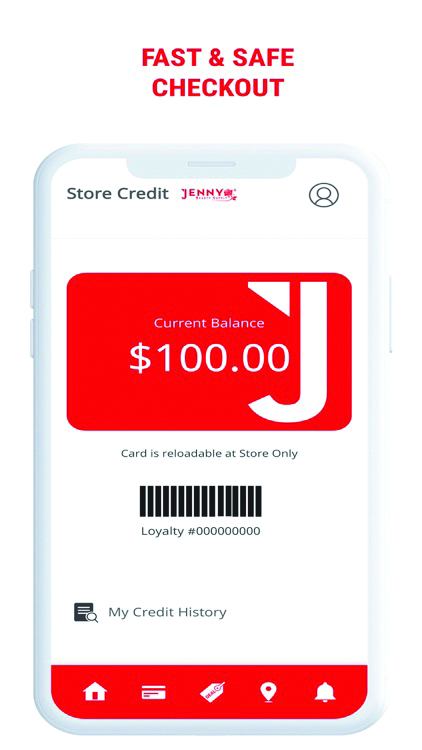
Jenny Beauty supply
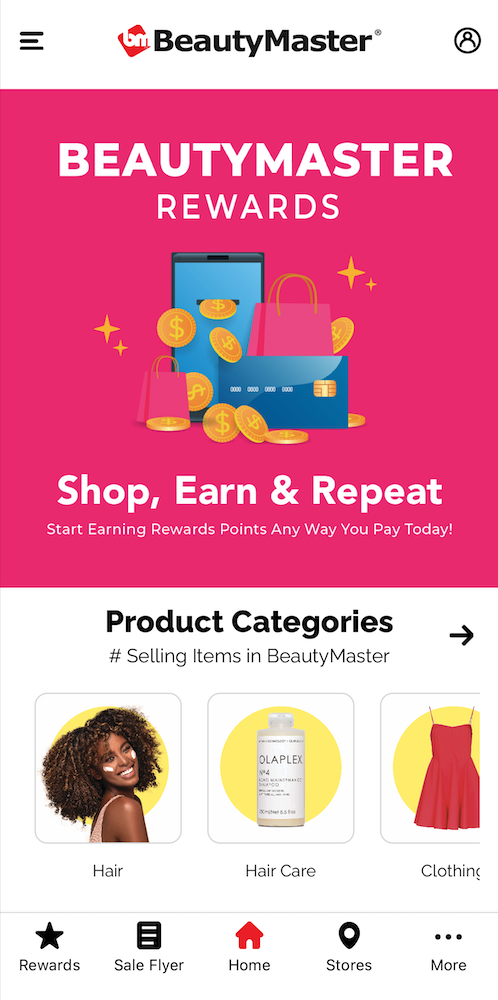
Beauty Master
Screenshots from apps of Jenny Beauty Supply and BeautyMaster, which have introduced mobile apps. Both retailers run a point-based rewards program.
Pros
– Mobile technology makes it easy for customers to track their points using digital loyalty cards.
– Increase customer engagement by staying informed about the latest promotions and rewards in real time.
– It offers the convenience of not having to carry a card and eliminates the risk of it being lost or stolen.
Cons
– Mobile wallet solutions can be expensive to implement and maintain.
– Not all customers are tech-savvy, and mobile apps can alienate some customers.
– There are data security and privacy concerns, and technical issues may occur.
Interesting facts about customer loyalty
– Sales revenue from repeat purchases from existing customers accounts for 65% of the total.
– More than 90% of companies have a rewards program.
– 79% of customers said access to exclusive offers made them more loyal.
– 66% of consumers believe that rewards change their spending patterns.
– You have a 60-70% chance of selling to an existing customer, but only a 5-20% chance of selling to a new customer.
– 57% of consumers spend more at the store to which they are loyal.
– Improving customer retention by 5% can increase revenue by up to 25%.
– Amazon Prime members spend more than twice as much as non-members on average.
– Walmart+ members spend an average of $79 per online visit, compared to an average of $62 for non-members.
– Walmart+ members make an average of 11 more visits per year than non-members, totaling 29 visits.
– 80% of consumers are more likely to do business with a company that offers a tailored, personalized experience.
– 65% of customers agree to share personal information for more rewards.
– 80% of companies with rewards programs plan to increase or significantly increase their investment in customer loyalty over the next three years.
Source: queue-it.com